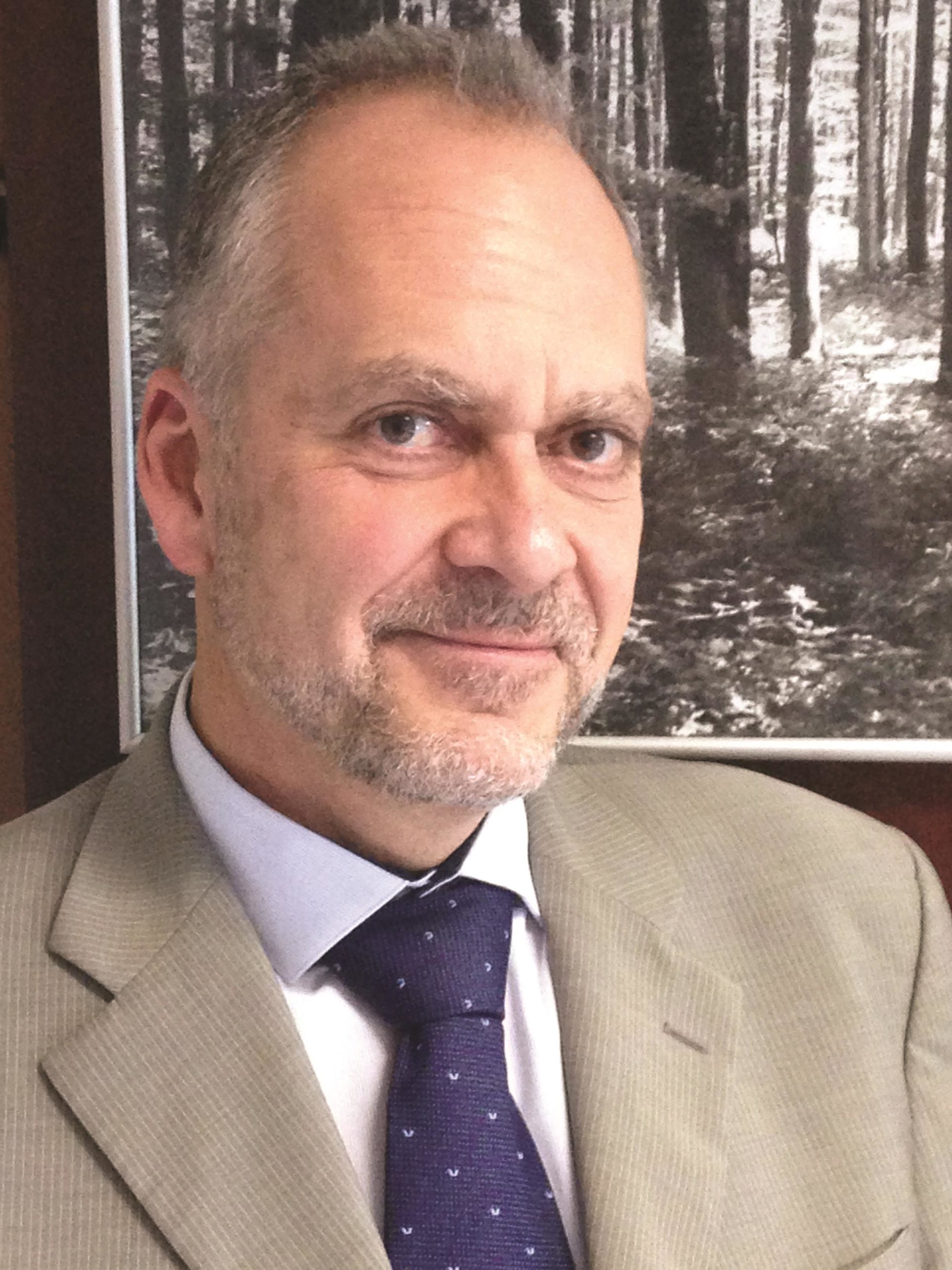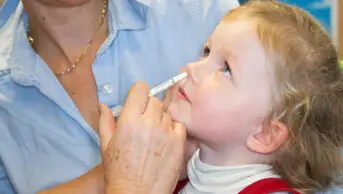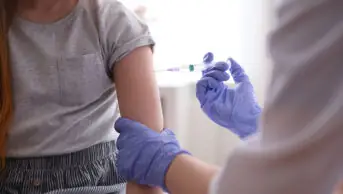
World Health Organization
Given the recent tragedy in Syria in which 15 children died after the administration of the measles/rubella vaccine, what are the critical steps that must be taken to avoid such tragedies?
In mass immunisation campaigns, one of the challenges is to deliver vaccines to a large number of people in a short period, and this can only be done by deploying a large number of vaccinators. The logistics of the campaigns are complicated and require particular attention, and it is very important to have good procedures for delivering the vaccines and then administering them correctly. One of the challenges with administering some vaccines — like the one for measles — is that they need to be reconstituted. From what we understand about what happened in the northern part of Syria, some vaccination teams used the wrong diluent to reconstitute that vaccine (the wrong ampoules were incorrectly added to vaccination packs). That diluent was actually an anaesthetic drug that certainly was not meant to be administered in those quantities to small infants. So the problem has been in the supply chain in this particular case. Let us not forget that we are conducting large amounts of vaccination campaigns every year and tens of millions of doses of measles vaccines are administered throughout the world fairly safely. In the most extreme circumstances — and areas of conflict is an example — the attention to systematic procedures has to remain a very high priority.
Could you elaborate on some of the vaccine safety concerns?
There are many reasons for vaccine safety concerns. Some have to do with the quality and safety of vaccines, and our work in pharmacovigilance is to study everything that is unusual after the administration of a vaccine to try to characterise if a reaction is an adverse effect of the vaccine. We then quantify it and identify what could be done to reduce these effects to a minimum. With current vaccines, the very severe reactions are extremely rare but they still do occur, probably in the range of one per 100,000 to sometimes one in a few million doses of vaccines, with reactions ranging from severe disability to death.
In some cases, coincidental health problems may occur soon after the administration of a vaccine. Another problem is immunisation anxiety reactions. Sometimes, the fear of vaccination is going to cause a medical reaction. It may be an individual who faints, or sometimes it can be a group reaction (for example, where 10 or 100 individuals feel sick but nothing can be identified, then after a few days everything is fine). Lastly, you have problems that could be attributed to improper vaccine administration, such as the Syria case.
What is the main role of the World Health Organization (WHO) in vaccine safety?
We have two main responsibilities. The first is to be able to provide technical support every time there is a vaccine safety concern in a country that would require WHO assistance. For this, we have a good support network and robust procedures. The second is to monitor the evolving evidence about the safety profiles of the most important vaccines, especially the newer ones, and, for this, we work with independent expert groups and with scientists from all over the world who contribute their data.
Amid the Ebola outbreak, there are efforts under way to find effective vaccines. There are two candidates: one by GlaxoSmithKline and the other by Newlink. How do you ensure safety and efficacy when procedures are fast-tracked down to months, when they normally take between two and four years?
What needs to be understood is that the process of vaccine safety is a continuous process which starts at the time of vaccine development, even before the first doses are administered in humans. So there is a series of clinical trials where the main focus of attention — even before we look at the positive effects of the vaccines — is to assess what adverse reactions could be associated with vaccine use. We are currently in the early stages of the Ebola vaccine clinical trials and we are going to have to make decisions after we have the first data — provided they are reassuring — about expanding the use of those vaccines. When risks, even theoretical ones, have been identified, they need to be balanced with the real risks that the Ebola outbreak presents to those who are most vulnerable, such as front-line healthcare and community care workers.
What needs to be understood is that the process of vaccine safety is a continuous process which starts at the time of vaccine development, even before the first doses are administered in humans
The safety of vaccines goes way beyond simple clinical assessment. A series of steps and procedures are taken with respect to good manufacturing practices: the verification of all the batches, the regulatory process, all the steps that are related to vaccine storage and handling, and all the steps taken to monitor any concerns that could occur. So, there is a set of activities worldwide related to the safety of vaccines that involves a large number of people. At WHO, together with regulatory agencies and pharmacovigilance centres, we are trying to provide a co-ordination platform.
Going from phase 1 to phase 2 clinical trials, what steps are required to ensure the safety of the Ebola vaccine?
What is going to determine the transition to phase 2 trials is essentially the safety data from the phase 1 trials. On this occasion, we are looking at a fairly large amount of phase 1 data (compared with other vaccines) because, at the moment, we are talking about several hundred people in different sites who will receive those two products initially. There will probably be an accelerated type of phase 2 trial because the vaccines are likely to be offered directly to people who are at risk of the disease. It is expected that the use of innovative statistical methods combined with other biological measurements could potentially give us more information rapidly about the efficacy of the vaccine.
What is WHO’s pre-qualified vaccines scheme and how can a vaccine qualify?
WHO provides advice to UN agencies that purchase vaccines, such as the United Nations Children’s Fund, to determine the acceptability of vaccines considered for purchase. This service is called pre-qualification. The purpose is to provide assurance that candidate vaccines meet WHO recommendations on quality, safety and efficacy, including compliance with WHO’s recommended standards for good manufacturing practices (GMP) and good clinical practice.
The vaccine has to meet a set of criteria, so its quality can be assured. There needs to be a review of the evidence on the vaccine, including the benefits and risks, and a review of the manufacturing process. Afterwards, the vaccine will be re-evaluated at regular intervals. We receive annual reports from each company for every vaccine that has become pre-qualified.
What vaccines are in the pipeline that could become blockbusters in reducing disease, death and morbidity?
There are products against malaria and against dengue fever that will probably become available in less than two years. If those products show some public health benefits, they are likely to become very important.
The data are still preliminary and we are in the process of reviewing them. But one thing that can be said for both products is that they do not display a protective efficacy that is close to 100%, similar to what we used to have with, say, tetanus, measles or polio vaccines. This means people who receive those vaccines will not have assurance that they will not become infected. But they could provide significant benefit because a very large number of people are affected by these diseases. We expect that the use of these vaccines will help reduce the overall burden of malaria and dengue fever.
Will these vaccines offer more than 50% protection?
This is what the preliminary data suggest. However, we need to see the clinical trials data, how this translates to field applications and also the duration of protection.
How big of a problem has cost been in the wider application of such vaccines?
It has been an irony of all important vaccines. They have always been available in the parts of the world where the burden of the diseases is the lowest because that is where people can afford the vaccines. One of the important tasks of the agencies WHO partners with, such as Gavi (The Vaccines Alliance), UNICEF, the Bill and Melinda Gates Foundation and many others is to bridge the financial gap so that vaccines are used where they are most needed and have the greatest impact. This is a recurring challenge with all vaccines. But it is not going to be the case necessarily with the malaria and dengue vaccines because these have been designed specifically for endemic countries. Therefore, they will not be used in rich countries before they are used elsewhere.
Coming back to new vaccines, how far away are we from an effective vaccine for HIV/AIDS?
I think it is a moving target with that one.
Is it a question of insufficient research funds or is the science very hard?
There are infectious diseases in which there is clear immune protection — that is the case for tetanus and diphtheria. If you can mimic what is needed for an immune response, you can protect with vaccines. Unfortunately, there are other infections that are more difficult to prevent because of the pathology of the infection, the pathways in which the micro-organisms get into the body, or because the micro-organism changes appearance and can escape the immune response. That has been the case for HIV and other diseases.
Looking back, what have been the top vaccines in history that have saved the most lives, besides the smallpox vaccine?
If you look at the vaccine that has, so far, done the greatest good in terms of lives saved, it is undoubtedly the measles vaccine. Before the vaccine era, there were probably two million deaths attributable to measles each year in the world and today, we have a few hundred thousand deaths. But many vaccines have had tremendous efficacy. Tetanus and diphtheria vaccinations have reduced more than 90% of infections. Polio is almost eradicated and for smallpox we do not need to vaccinate anymore because the disease is gone for good.
The new vaccines against pneumococcal disease, Haemophilus influenzae
type b and hepatitis B have also had tremendous impact. In terms of absolute numbers, definitely measles takes the crown, but all the others have been extremely efficient and cost-effective.
References


